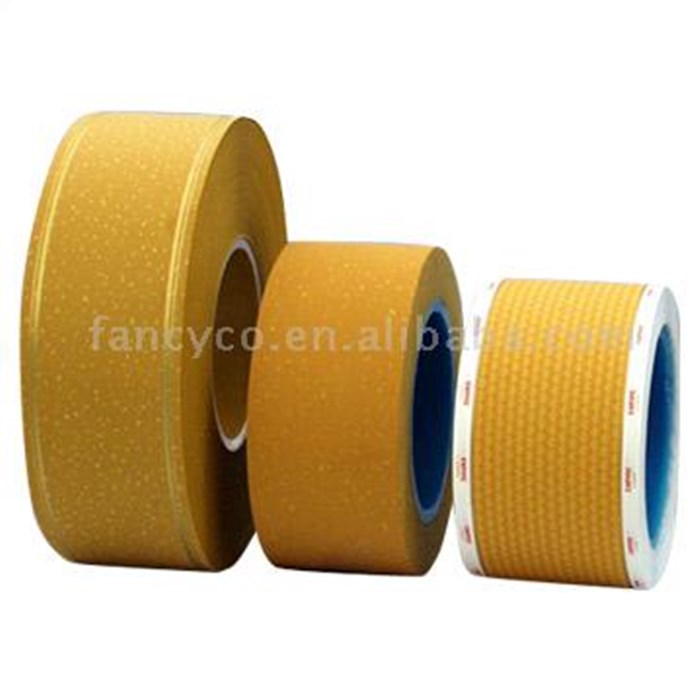The Ministry of Commerce and industry of India issued a notice on September 30, 2020, officially launching an anti-dumping investigation on decor paper products originated or imported from China. The dumping investigation period of the above cases is: April 1, 2019 to March 31, 2020; the investigation period of injury is April 2016 to March 2017, April 2017 to March 2018, April 2018 to March 2019 and the dumping investigation period.
Product description
The product involved is “uncoated paper in the form of roll paper, 40-130 g / m2, water absorption capacity (measured by cram method) of at least 12 mm per 10 min, wet tensile force of 6-12 n / 15 mm, air permeability of 10-40 s per 100 ml, containing titanium dioxide or pigment as filler” (also known as “decorative paper” or “product involved”). It is a base paper decorative laminate for high pressure (HPL) or low pressure (LPL), also known as decorative base paper, high pressure or low pressure laminate decorative paper, coating base paper and printing base paper, but does not include ready to use decorative paper for printing.
The products involved include various types of decorative paper, such as decorative paper (white / gray white), lining board (white / gray white), anti-seepage paper, template paper, covering paper and printing paper base paper (color / white). It can be imported as base paper for waxing, coating and impregnation; base paper for printing; base paper and anti-seepage paper for decoration industry, which may include 95cm, 96cm, 102CM, 123cm, 123.5cm, 124cm, 124cm, 125cm, 131cm, 132cm, 183cm, 184cm and 185cm.
The product in question is made of pulp, which is pressed into flakes and dissolved in water to make pulp suspension, so as to make pulp suitable for use. In this process, fibers are separated. In order to produce decorative paper, the fiber is refined by mechanical action in water medium (water). Additives are used as fillers in the manufacturing process to fill the gaps between fibers in order to improve opacity and whiteness, and to improve printing quality by improving the surface. Thus, the impurity particles are removed during the cleaning process. Next, a certain volume of diluted pulp suspension is converted into a thin, wide and uniform sheet, all components are evenly distributed, and then it is dehydrated, dried and calendered. Finally, the paper is slotted and packed as required.
The Indian customs code involved in this case is 48059100; the applicant ITC limited claims that the products involved in the case were also imported through customs code 48022090. The above two customs codes are related to this case. (the customs code is only for general reference, and the specific description of the product involved shall prevail).
Post time: Nov-03-2020

